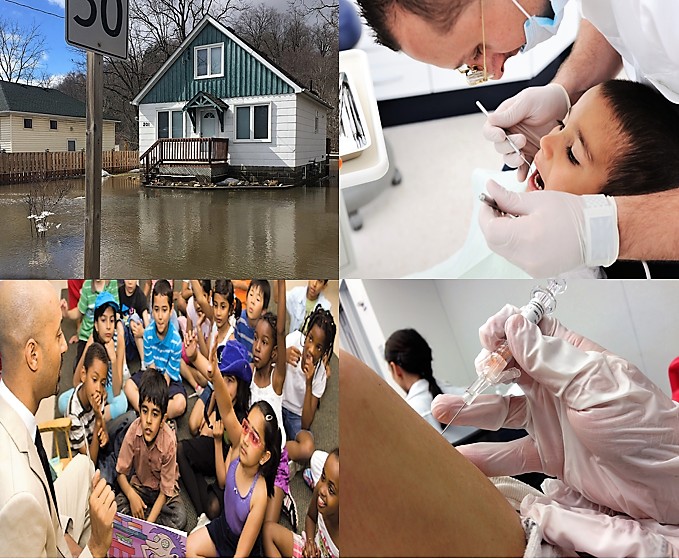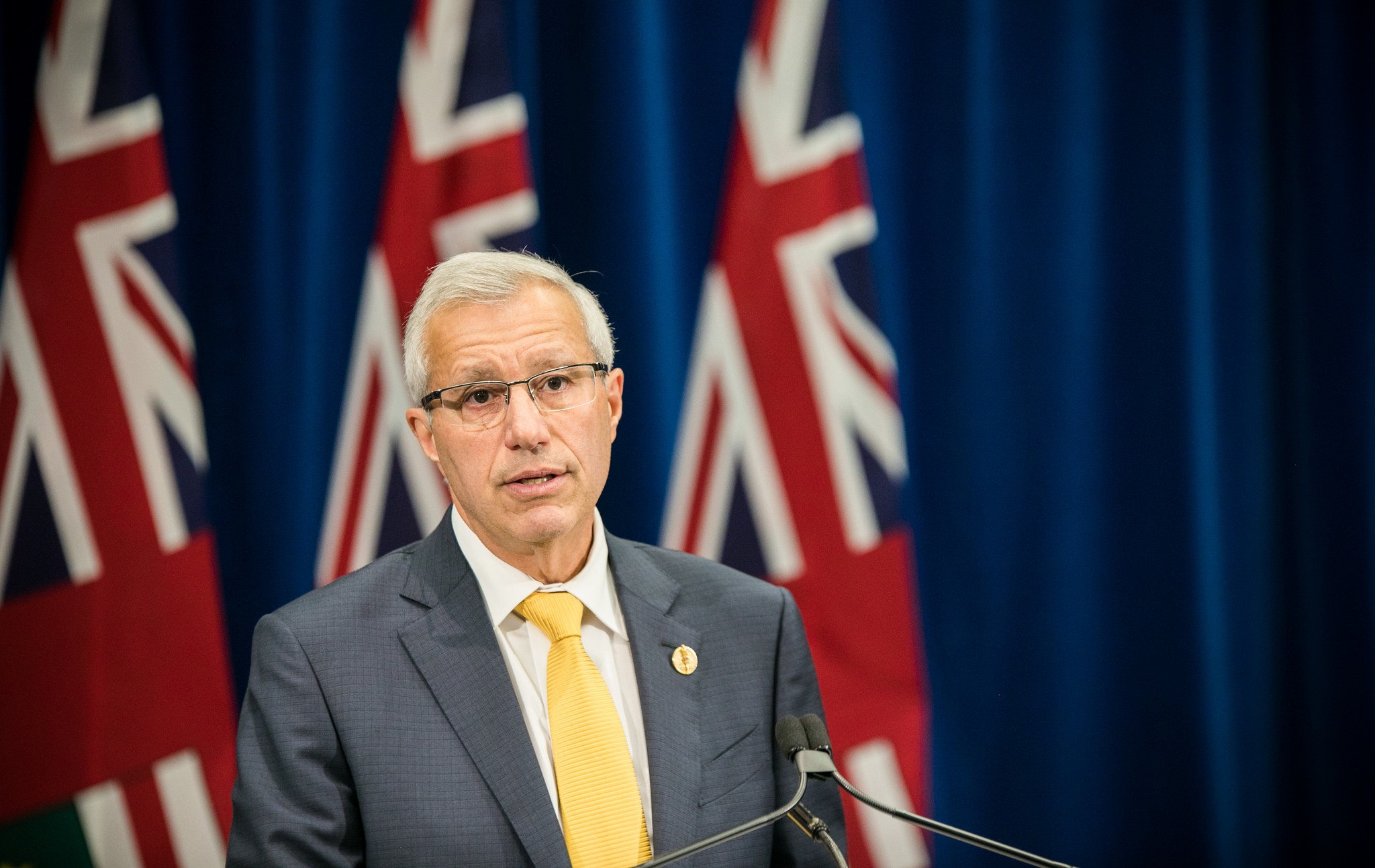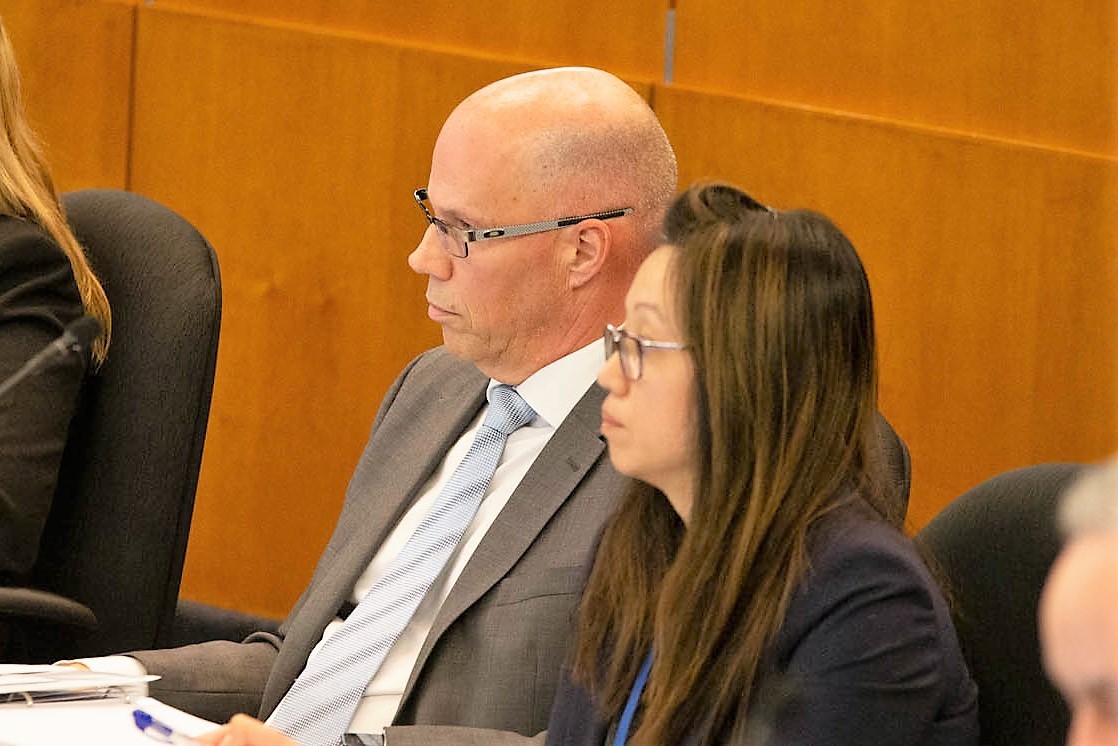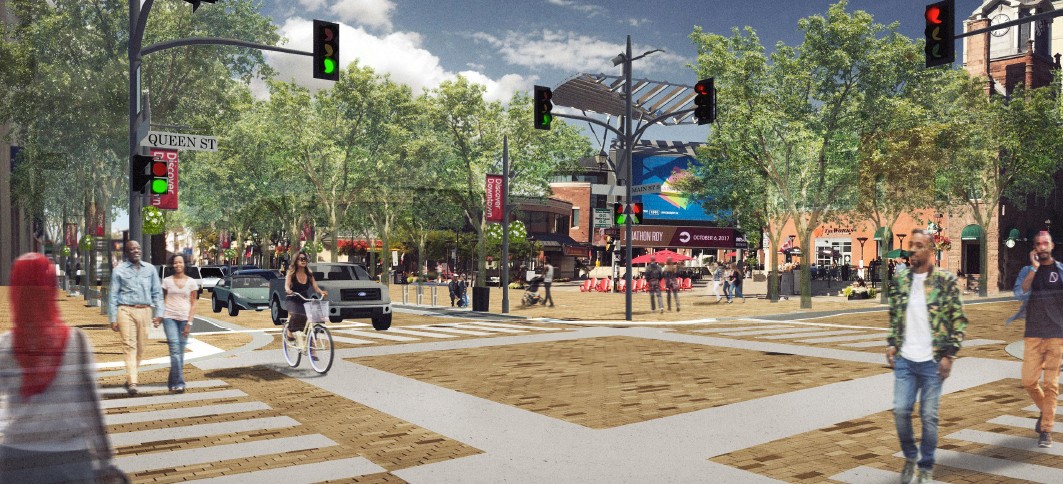
Peel property owners facing sharp tax hike next year
The 2019 provincial budget, widely seen as taking a wrecking ball to the financial foundations of municipalities across Ontario, could mean a large tax increase for Peel residents in 2020.
Following the delivery of the budget document by former finance minister Vic Fedeli — since shuffled out of the cabinet position following the budget’s disastrous reception — many municipalities have been struggling to pick up the pieces.

Former finance minister Vic Fedeli was removed from the role after a backlash against his slash and burn budget
They received a small token of relief when Premier Doug Ford announced certain cuts would be delayed until 2020.
However, instead of the reversal many councils were lobbying for, the move only kicked the can down the line. While many residents are getting ready for summer vacations, weekends at the cottage and a cold drink on the back deck, Peel’s financial picture is starting to come more into focus, and it’s not good.
A report set to go before regional councillors Thursday lays out three potential scenarios for dealing with the $36.4 million in provincial cuts that will come into effect in 2020, the worst of which could see Peel staring down a 6.3 percent increase to residential property tax rates on its share of the bill. (The regional portion accounts for a little over 40 percent of the total residential property bill for Brampton homeowners, the city’s portion about 40 percent; the remainder is for the province’s education portion, which has not been raised in well over a decade).
The 6.3 percent projection, about three times the rate of inflation in Ontario, is required if Peel wants to keep services at status quo levels and “meet all service demands of a growing population,” the regional report reads.
The staff recommendation is to absorb some of the provincially downloaded programs while cutting other services that were previously fully funded by the province, resulting in a 3.9 percent tax increase on the region’s share of the property bill for 2020.
This means that while the tax increase won’t be the worst-case 6.3 percent, there will be reduced services for some of the region’s most vulnerable.
“All three of the outlined scenarios have risks,” says the report from Stephen VanofWegen, the region’s commissioner of finance and chief financial officer.

Stephen VanofWegen, Peel Region’s commissioner of finance and chief financial officer
However, the recommended “hybrid” approach tries to balance the financial impact on residents without completely reducing service levels — something that would be required to meet the previously projected 2.9 percent tax increase in 2020.
“Under this scenario, although there would be a significant service level impact for the services with reducing provincial funding, it would be less severe than (cutting all services) as it would not require service level reductions in other areas,” VanofWegen writes. This could result in a $14-million reduction in childcare services, $6 million to paramedics, $900,000 to long-term care, and $800,000 to employment support.
Many of the services on the chopping block affect the most vulnerable residents, such as young children whose parents benefit from early childhood learning programs hosted by the region’s EarlyOn Child and Family Centres.
Though there is an increase of $800,000 to home-based childcare programs, early years childcare is taking a huge hit: $6.1 million cut from base funding; $8.3 million cut from a provincial childcare expansion plan. This is especially damaging in Peel, which has a bigger gap between childcare spaces and demand than most parts of the province. Additionally, $4.9 million is being cut from fee stabilization support, which helps keep childcare costs down.

Brampton Mayor Patrick Brown has come out strongly against the provincial action, calling the province’s slate of cuts to essential services “shocking.” He has said “someone down at Queen’s Park needs to give their head a shake.”
And while councillors are only starting to see the impact at the regional level, come budget time in their respective municipalities, each will be seeing the trickle-down effects.
On Tuesday residents in Brantford and surrounding municipalities were stunned when the entire board of Brant Family and Children’s Services resigned, many in tears, because of provincial funding cuts, leaving board members individually on the hook to make up the deficit if they did not step down. The situation there is being described as far beyond a crisis.
“Kids could die,” said Andy Koster, executive director of the agency.
These are the types of alarming stories being heard across the province, as the Doug Ford PC government continues with its dramatic measures to cut the province’s growing debt. For Peel Region it promises to bring an end to years of relatively low tax increases.
For the past seven years, Brampton, Mississauga and Caledon have enjoyed tax increases well under the Ontario inflation rate of roughly 2 percent annually over that period. That has offset much larger increases by the City of Brampton on its portion of the property tax bill, which, not including this year’s tax freeze, have averaged about 5 percent annually since 2012.
However, with Peel looking at a 3.9 percent tax increase in its share under the hybrid model (which would still lead to service cuts), local municipalities will need to do some significant belt-tightening of their own to absorb the increase.
This could be particularly difficult in Brampton, where the city will be coming off this year’s tax freeze, the culmination of a campaign promise by Brown. The freeze was celebrated by local residents who had been seeing repeated tax increases above the rate of inflation, but it can’t be sustained.
Upcoming capital projects include a new $162-million transit maintenance facility, and the city plans to increase the municipal bus fleet by 16 percent over the next three years. A new $5.4-million fire station is planned in the northwest sector, along with a new centre for innovation and library in the city centre. Additionally, Brampton is facing a $246-million infrastructure deficit that could grow to $743 million by 2027, according to the report, despite a 2 percent annual infrastructure levy that’s part of the tax bill.
This year’s freeze, viewed by critics as nothing more than a political move by Brown and council, came with a number of desperately needed projects that were cancelled or postponed. The Downtown Reimagined plan, to repair and upgrade crumbling below-ground infrastructure throughout the city-centre, was one of the projects that was set aside, leaving local business owners wondering what will happen if a major water or sewer main break occurs.

The Downtown Reimagined plan was supposed to fix underground infrastructure and beautify the streetscape
The budget document approved in 2018, which tentatively approved budgets for this year and 2020, suggested the city’s portion of the bill should have increased by 5.4 percent for 2019.
That 5.4 percent was calculated based on services the city needs to provide and the repairs and maintenance needed to keep the city’s assets — community centres, roads, libraries, parks, buses, etc. — in a good state of repair. That stunning difference between perceived needs and the revenue to pay for them won’t be erased with council choosing to freeze taxes.
Admittedly, some of those things will get done despite the freeze, but not all of them. This means some needed projects are simply pushed down the line. With the additional pressure expected from the region because of provincial cutbacks, the city can expect to be making some very difficult decisions come budget time.
Submit a correction about this story


